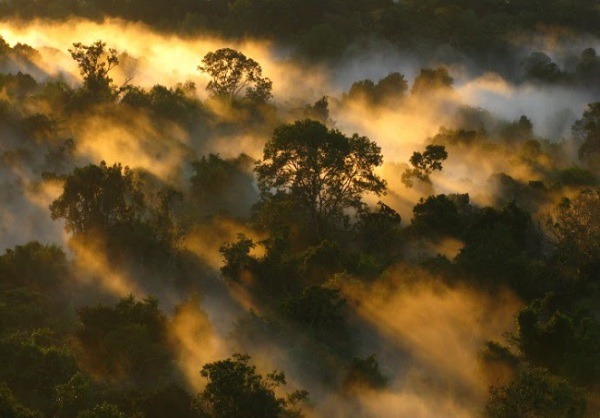Item Link: Access the Resource
Date of Publication: January 27. 2020
Author(s): Anastasia Moloney
Newspaper: Reuters
BOGOTA (Thomson Reuters Foundation) – Indigenous lands and protected areas in the Amazon rainforest account for just 10% of all carbon emissions from tropical forests spread across the nine countries of the Amazon in South America, researchers said on Monday.
The Amazon, as the world’s largest tropical rainforest, is considered key to the fight against climate change because of the vast amounts of planet-warming carbon it stores.
Trees suck carbon dioxide from the air, but when cut down, they release that carbon through burning or rotting.
The research, published in the Proceedings of the National Academy of Sciences journal, showed that from 2003 to 2016 the Amazon was a net source of carbon to the atmosphere.
The region released about 1,290 million tonnes of carbon when both losses and gains were combined.
While previous research has largely focused on carbon emissions linked to deforestation, the new study also took into account those caused by natural factors like drought, as well as gains made through forest growth.
Using data from satellite imagery and field visits, the study showed tree growth helped indigenous lands – which cover about a third of the Amazon – record the lowest net carbon loss.
Read the full article here.
The views and opinions expressed through the MAHB Website are those of the contributing authors and do not necessarily reflect an official position of the MAHB. The MAHB aims to share a range of perspectives and welcomes the discussions that they prompt.
